Who can publish information and news on the web?

Surprisingly - anyone!
Yes, anyone with a digital deviceA machine or a device with a computer inside, that has been programmed for a specific task. and an internetA giant network of computers connected across the world. connection, can create and publishTo make content public so that an audience can see it. content onlineConnected to the internet..
Online contentInformation, news, images, video etc that is published for an audience. can be created and published by:
- governments
- large companies
- popular celebrities
- smaller groups like charities and schools
- groups of friends
- one person as a hobby

Where is online content published?
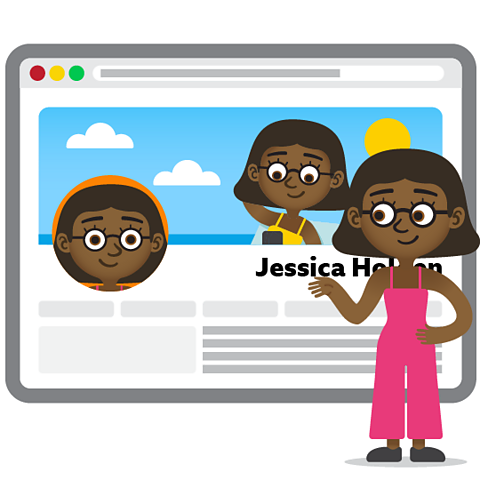
The short answer? Everywhere!
There are many different ways to publish content on the web. You can:
- create your own website A collection of connected webpages. and publish webpageAn online page of information with words, pictures, video and sound that we see on a screen using a web browser.
- publish content to a social media profile
- add comments to other people's online spaces
All these different places to publish your content are sometimes called platformAn online space, company or website that is used to publish online content..
You can set up basic web publishing accounts and profiles for free on many platforms.
Always speak with a trusted adult before opening any online accounts. It's worth remembering that you will have to share your personal data when you open an account.
If anyone can put content online, how do we know it's not all fake?
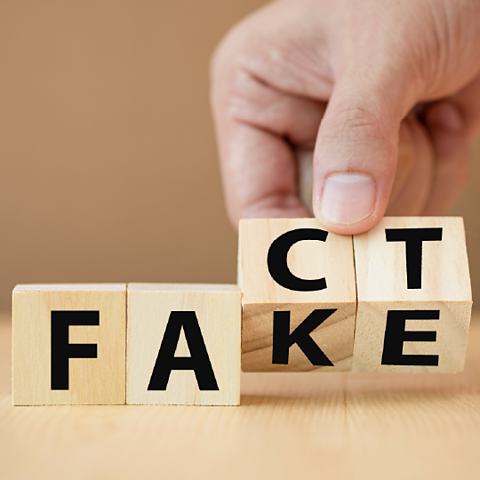
Unfortunately without some of our own detective work, we don't!
There are two main types of inaccurate or incorrect content.
Disinformation is when someone purposely publishes or shares false information to deliberately mislead others. This is often called fake newsA type of disinformation usually spread through social media..
Misinformation is when someone publishes or shares inaccurate information by mistake. They haven't checked for errors, to see if the information is out of date, or known to be false.

How do we find reliable websites?

With a little detective work, you can find reliable, accurate news and information on the web. A good place to start is by finding out who created the online content.
Let's look at the website address or URL (uniform resource locator).
The part after www is called the domain name. It can tell you who the website belongs to. Look for names and organisations that you trust.

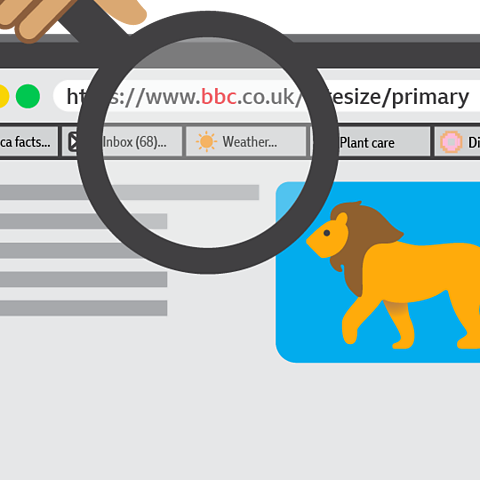
The last part of the URL has clues about the type of website it is.
- If it ends with .sch.uk then it is a school website.
- A college or education website ends in .ac.uk.
- A government website ends in .gov.uk.
If the domain name is not familiar then look for a link on the webpage called About us or Who we are.
If you can't find out who makes the content, then this might mean that it is unreliable.
What does unreliable content look like?
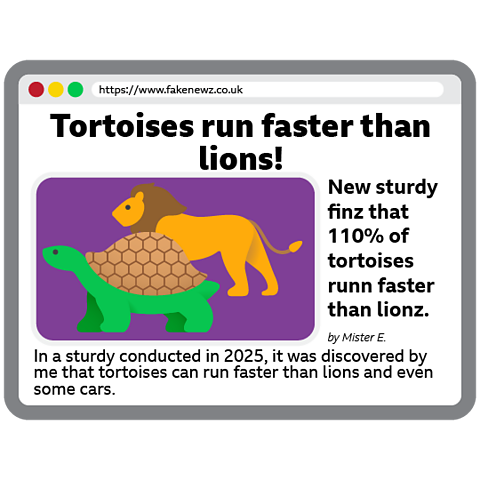
Unreliable web content can sometimes be easy to spot. It's often:
- badly written
- disorganised
- full of spelling errors
- out of date information
Images may look squashed and the text might be difficult to read. It's often obvious that not much care has been taken when creating the content.
Disinformation or fake news can be harder to spot.
The content creator often wants people to believe their unreliable content. They may try to do this by making their content look similar to other well-known and trusted sites. So they will usually take great care to make it look good.

How can we check if it really is accurate?
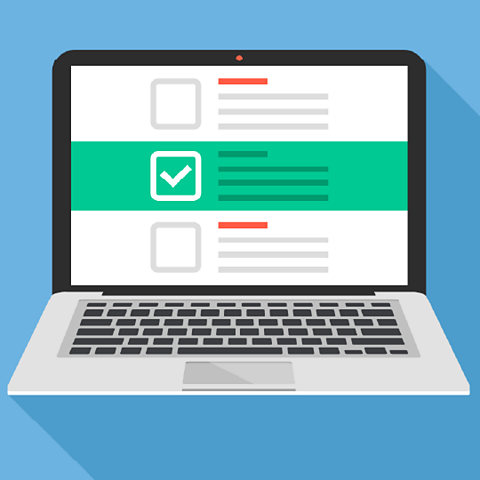
Once you have found what looks like reliable information on a website, it is still a good idea to check the information for accuracy.
A good way to do this is to check the same piece of information on more than one website. This is called verification.
If you can find the same information or news on other website and platforms, then you have probably found reliable and accurate information.
Verification is a great way of checking information and facts are reliable.
Fake news and opinions can spread very quickly on social media platforms. This is called going viral.
It can be easy to think news and opinions on social media are always reliable. If you find a news story on social media, you can try verifying it by visiting Newsround or other well-known and trusted websites.
What about fake images and photos?
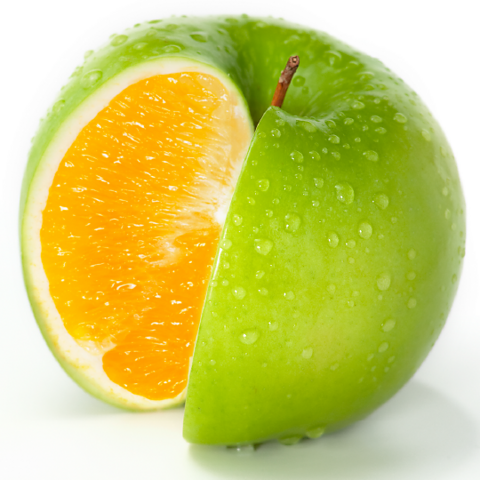
Digital technology makes it easy to edit and change (manipulate) photos so that they look totally different.
This is often a sign that information is unreliable. You can sometimes tell by looking closely that an image has been manipulated.
If you're not sure about an image and think it might be fake, then you can search for the same image using a. This will let you see where else it has been used on the web.
If you can see that the image has been copied or manipulated to look different, then you might have found some fake news.

What can we do about unreliable information and fake news?

If you find online disinformation or misinformation that is clearly untrue or inaccurate, you can report it to the web platform that published it.
Tell a trusted adult who will help you to report the content to the right people.
Activities
Computing - Dance Mat Typing. gameComputing - Dance Mat Typing
Build and test your computing skills with different levels of touch type challenges

More on Digital literacy
Find out more by working through a topic
- count10 of 12
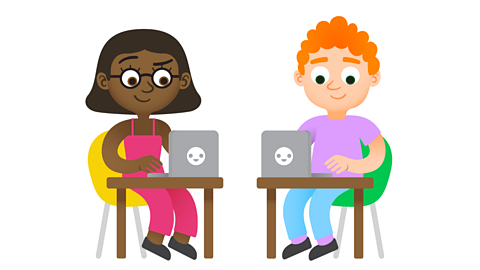
- count11 of 12
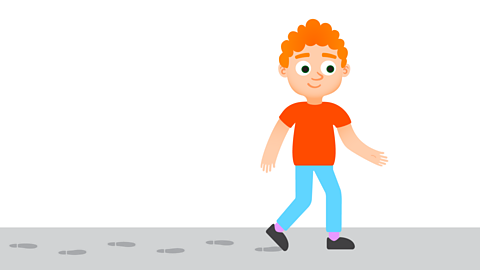
- count1 of 12
